
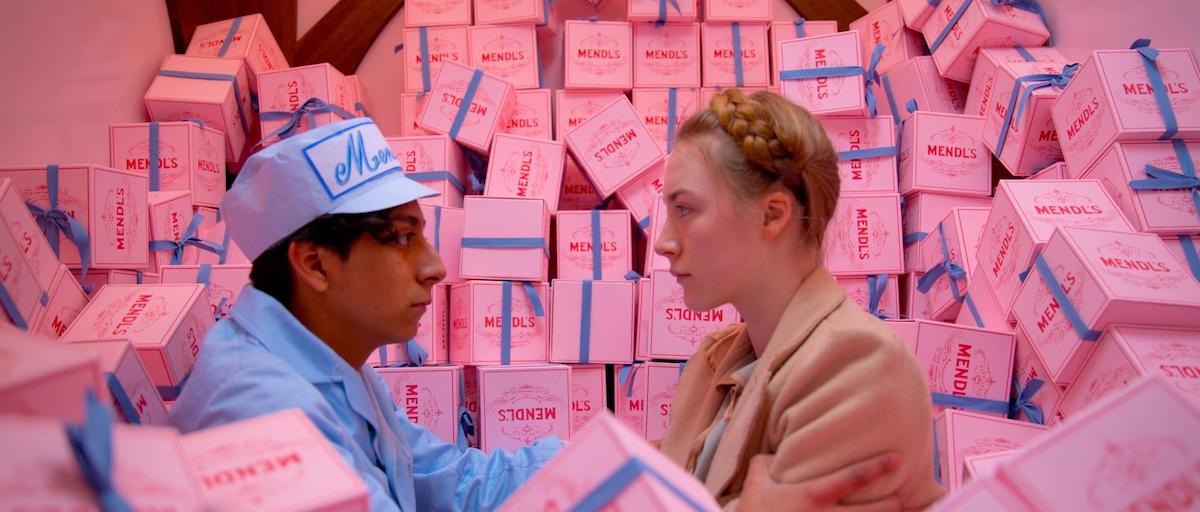
Whether you're a seasoned filmmaker or just starting out, understanding the principles of cinematic techniques is key to creating great film projects. To help you get to grips with cinematic shots and create films worthy of the big screen, we'll explore various tips and film techniques that will help you take your cinematography to the next level.
Contents:
When it comes to cinematic shots in film, framing and composition are paramount. Paying attention to the placement of your subjects within the frame, as well as the overall composition, will effect how your audience interacts with the story.
Tight framing (where there is limited empty space around the main subjects of the shot) is used as a way to create an intimate and sometimes claustrophobic atmosphere. This builds suspense and helps convey the psychological pressure or tension that the characters are experiencing on screen. This can be exaggerated with dynamic compositions, where the background of the shot is kept busy with extra noise like background characters and motion.
Films like Uncut Gems (2019) use a mixture of tight framing and dynamic compositions to compose cinematic shots which curate a tense atmosphere reflective of the manic nature of the story.
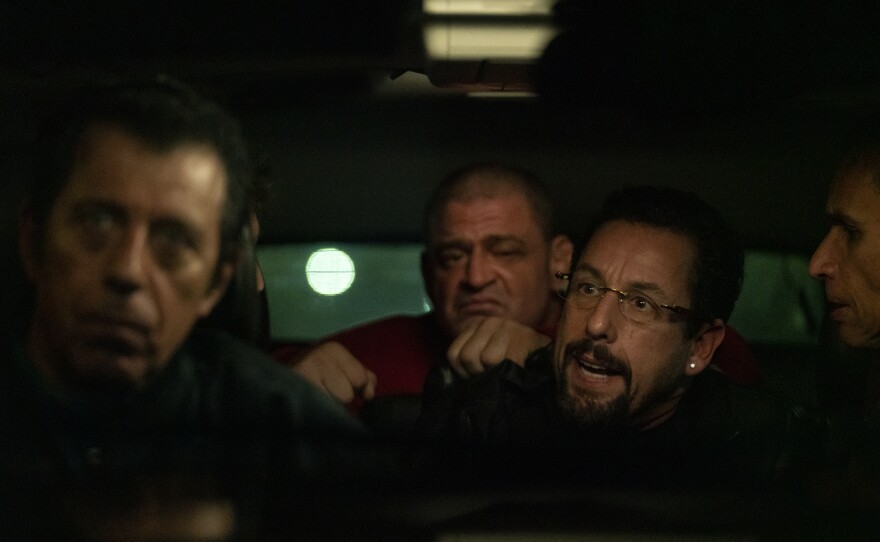
Not only is it easier for an audience to decipher the nuances of expression in close-up shots, but by isolating a certain character from their surroundings, you project this feeling of isolation onto the audience, creating a psychological intensity that bleeds through the screen. Close-ups create the effect of heightened empathy with the character on screen.
In Get Out (2017), the iconic close-up shot of Daniel Kaluuya's character serves this very purpose, taking the audience into the depths of his fear and helplessness.

Long shots provide a broader view of the surroundings and can establish the setting or convey a sense of scale. They can be particularly effective in capturing vast landscapes or showcasing the grandeur of a location, but they can also create intentional distance from (or between) the characters on screen.
In Lost in Translation (2003), wide shots are used throughout the film to convey the isolation of Bill Murray's character, whether to highlight the loneliness he feels in an empty hotel room, the alienation he feels amongst a bustling city, or the distance he feels between other characters.
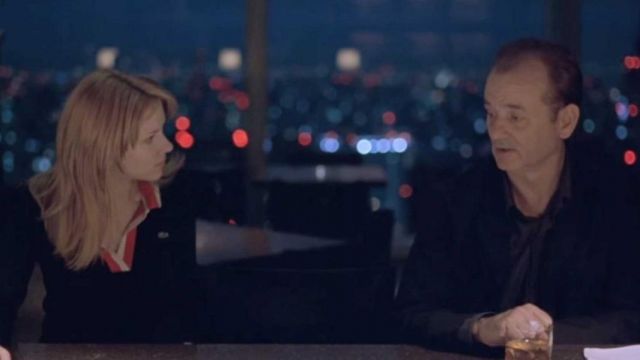
This distance that long shots create can also be a great tool for creating comedic effect in film, as it provides the audience with enough detachment to permit them to laugh at the misfortune and humiliation of characters on screen. As Chalie Chaplin once said, "life is a tragedy when seen in close-up, but comedy in long-shot".
SuperScout is your own private location library – upload locations in minutes, tag them with ai in seconds, then search and share with your team
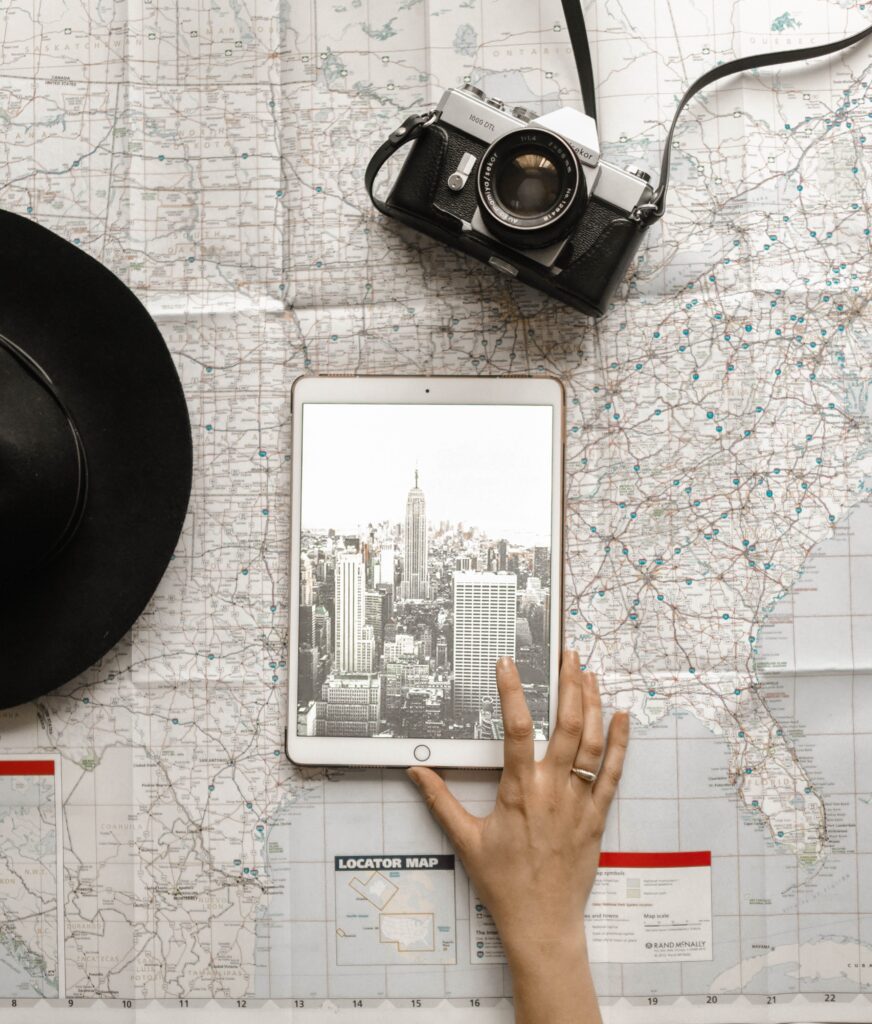
Movement and motion are essential aspects of taking great cinematic shots. There is no one right way to incorporate motion into your filming techniques, but it's important to understand the different effects that can be created - each type of movement can convey different emotions and enhance the overall storytelling of your film.
Static shots in film, where the camera remains fixed in one position without panning, tilting, or zooming, create a sense of stability and focus, often used to draw attention to the mise-en-scène.
Wes Anderson is hailed in part for his use of static shots, which have become a hallmark of his unique visual style, and show how this film technique can be used to add an artistic, and often comedic, tone to a scene. Static shots help to emphasise symmetry and composition of characters and set construction, often giving a storybook-like aesthetic which, when paired with a chaotic narrative, can offer an added element of humour.
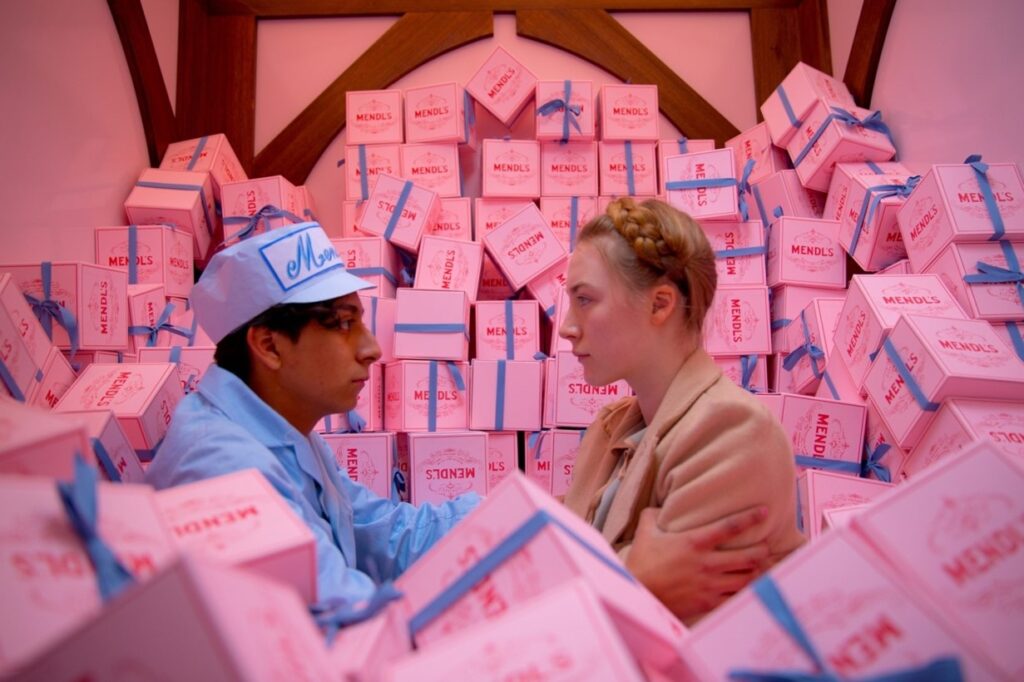
Long takes are where a single shot extends for a longer duration than usual without any cuts, creating a continuous sequence that can be used to build tension, enhance realism, or showcase complex choreography.
Born from long takes, an increasingly popular style of filmmaking is the single-take, which aims to maintain the illusion of a seamless shot throughout an entire scene or even an entire film.
1917 (2019), for example, uses long takes and invisible cuts to create a continuous visual experience that immerses the audience in the journey of its characters racing against time. There is no interruption or respite from the pressure that builds throughout the film, conveying the relentless and immersive experience of soldiers during World War I. This film technique not only enhances the realism of the narrative but also intensifies the emotional impact, as viewers are drawn into the harrowing landscapes and perilous missions alongside the protagonists.
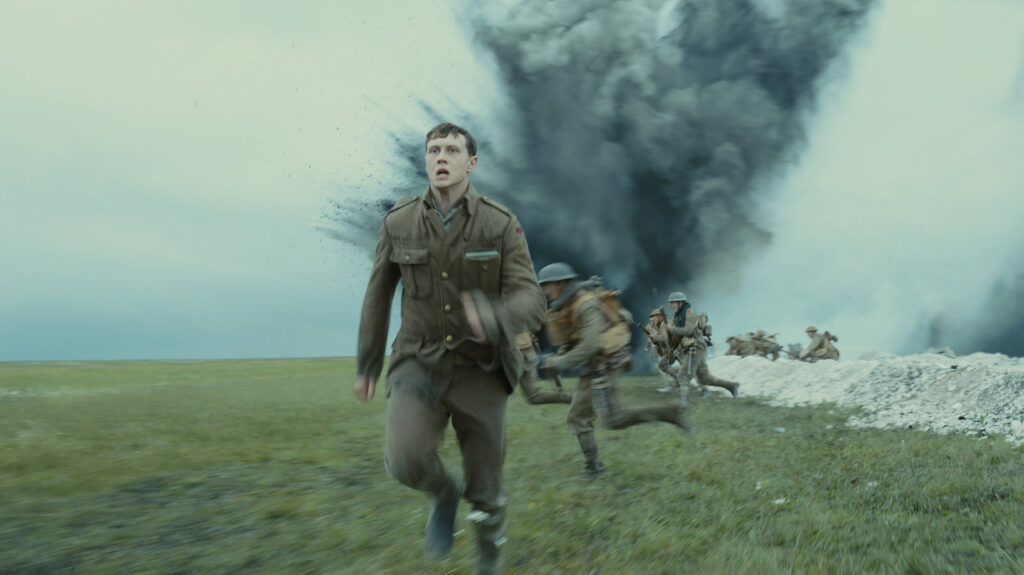
Like close-ups and tight framing, handheld camera shots can create an intimate and immersive feel to your film by making the audience feel like participants in the action rather than passive observers.
This creates a sense of presence and realism for the audience that is often used to perpetuate a gritty and raw atmosphere, often intentionally reflective of real life experiences. For this reason, many social realist films like Fishtank (2009) use handheld shots to maintain a naturalistic visual language.
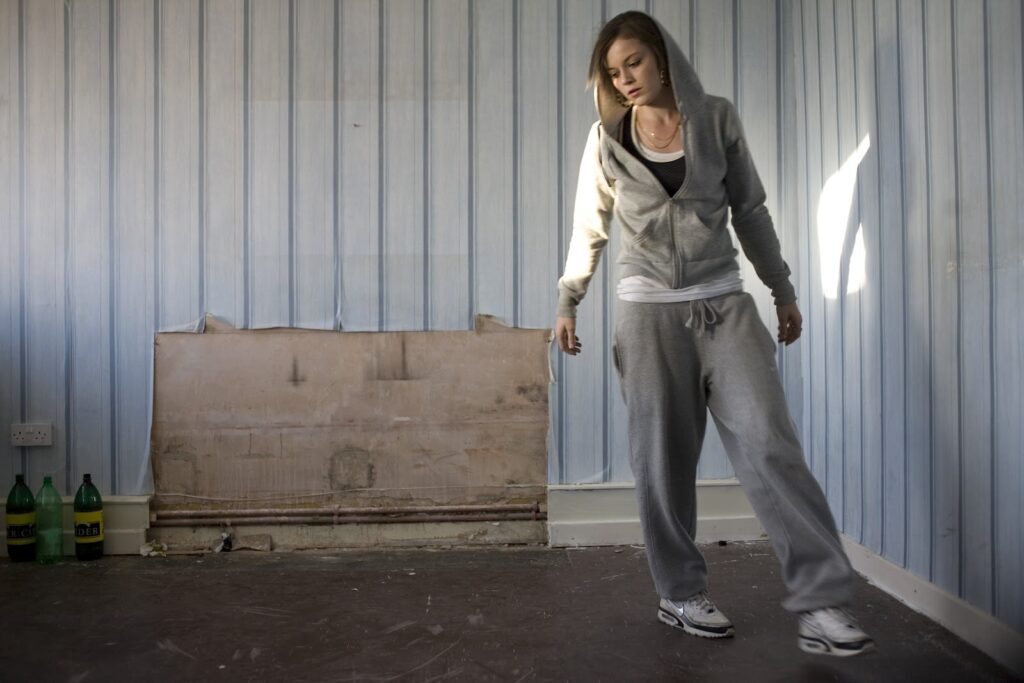
Handheld shots are also used across other genres -such as horrors and thrillers- to add a sense of tension and instability.
The whip pan is a rapid camera movement where the camera pans quickly from one object to another. This technique can create a sense of urgency or vitality in your scenes, adding a dynamic and energetic feel. The whip pan is commonly used in action sequences or to transition between different characters or locations seamlessly.
In La La Land (2016), whip pans are used to add a visual tempo that complements the film's jazz-inspired score, contributing to the overall lively and effervescent mood.
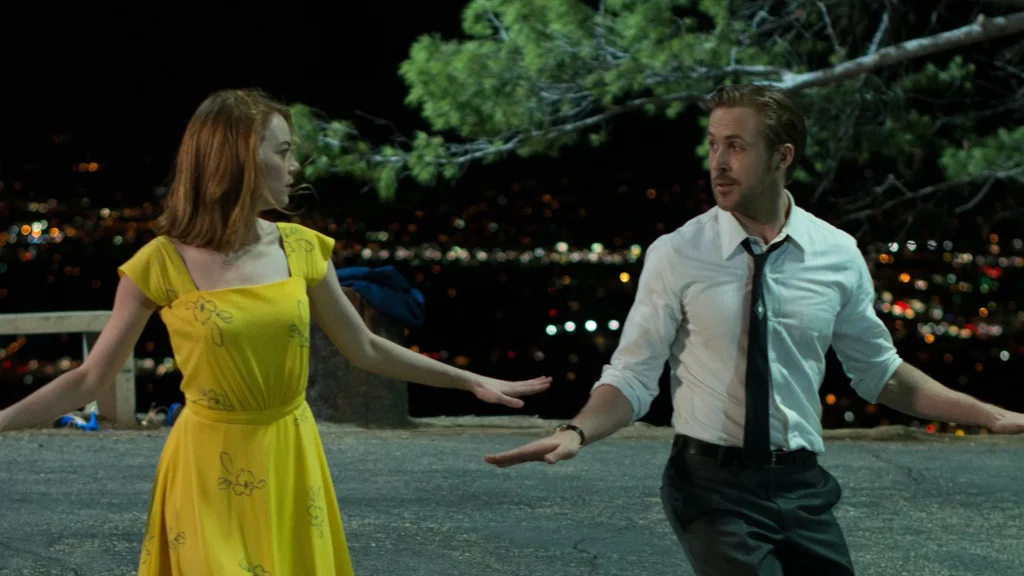
Cinematic filming techniques are not merely technical tools but powerful instruments that shape storytelling, evoke emotion, and immerse audiences in unforgettable cinematic experiences. The key is to experiment, push boundaries, and understand the psychological effects that these different film techniques have on an audience. By understanding the basics of framing, composition and camera movement, you can elevate your filmmaking and create cinematic shots that captivate your audience and help build a film that immerses them in your narrative world.
